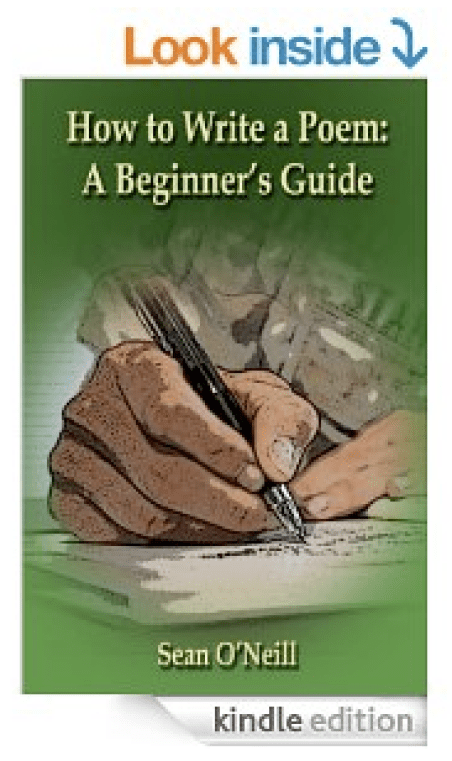In April, I published my book “How to Write a Poem: A Beginner’s Guide.” I released it with a price of $2.99 for the ebook version and it began to sell steadily – by steadily I mean about one or two copies a day (occasionally three, sometimes none). The average was probably about one a day. Although fairly modest, this was pretty good news for me, especially considering that I did no advertising at all other than blogging about it and then posting a link to my blog on Facebook. Out of that $2.99 I get about $2 every time I make a sale.
So I decided to do an experiment in order to find out what the most lucrative price for the book would be. I double the price to $5.99. The first day, things continued as normal and I got one sale at the new price. The next day, same thing. One sale. Then for about a week or more there was absolutely nothing. No one, it seemed was willing to fork out six bucks for a copy of the book. After waiting and waiting, I decided to adjust the price again down to $3.99. Hey presto, it began to sell again at pretty much the same rate as before.
One of the things that I am sure helped sales was the fact that one kind purchaser gave the book a 5-star review on Amazon (see above). There are a few other books on the Amazon website with very similar titles to mine, but they are more expensive, some of them are aimed at kids and not all of them have star ratings anyway. I’m sure people must be swayed by that star rating in some way. I know I would be. The main factor, though, is that if you type in “How to Write a Poem” in the Amazon search bar, mine is the first book on the resultant list.
The next thing I will probably do is to advertise the book by posting on my Facebook page and also posting on a number of Facebook groups where you can promote your book. So far all my sales of that book have been random, serendipitous events. It will be interesting to see if there is a spike in the sales figures after some marketing activity on my part.
Anyway, it got me thinking about what kind of people are, in fact, interested in buying a book about how to write poetry. The blurb for my book runs as follows:
This is a practical book. By the time you finish reading it, you will have all the tools you need to write convincing, compelling, and beautiful poetry. Whether someone has asked you to come up with a poem for a special occasion, or you have suddenly been struck by an intense emotion and are looking for a way to articulate it, or you want to express love to your sweetheart on Valentine’s day, “How to Write a Poem: A Beginner’s Guide” provides all the necessary techniques to enable your poem to be a success.
I think there must be a lot of people who like reading poetry either because they remember poems they learned in school or because it can express certain experiences better than the reader can themselves. There are also people who like writing poetry because it is a means of self-expression that prose can’t quite match. This idea of poetry expressing emotion is not new, of course, but quite often, I think, somebody can get the idea that the stronger the emotion the better the poem will be. My own view is that writing good poetry requires training of some sort. It is only after having mastered the tools of the trade, as it were, that someone is ready to express themselves adequately in poetic form. Without adequate practice, poetry – even strongly felt poetry – can fall flat on its face.
That’s one of the issues covered in the book. But, to the same extent, the book isn’t some diatribe on highly-intellectual, abstruse or academic issues. It’s meant to be a fun book to read. It’s also meant to be a practical introduction to how you actually go about writing a poem. Hence the title.

